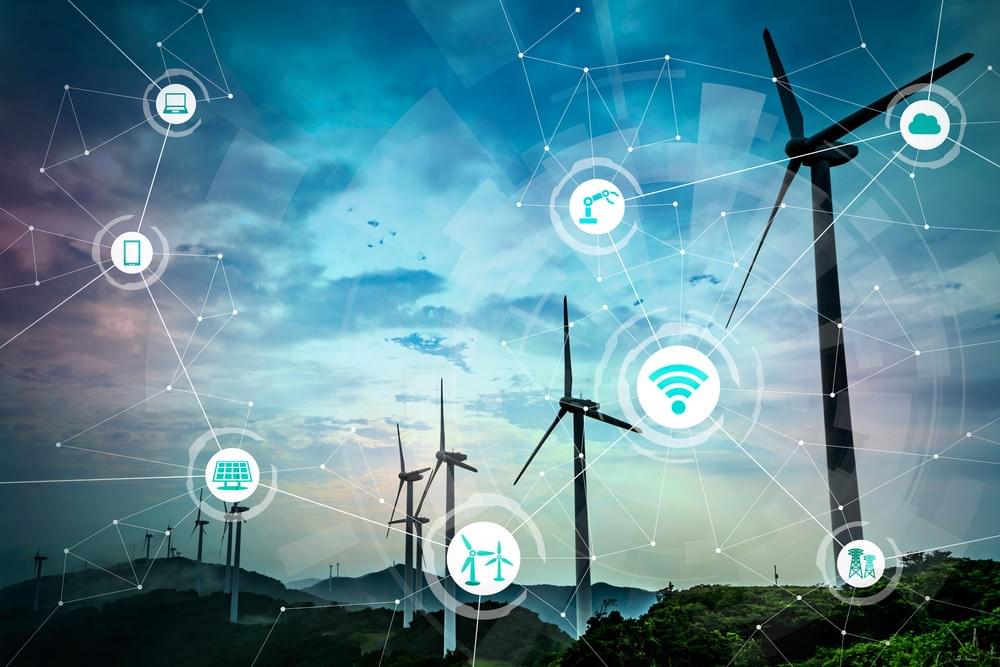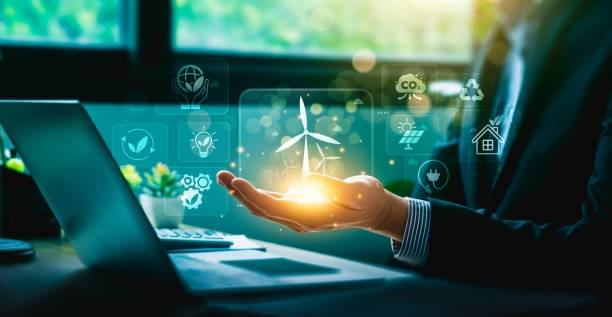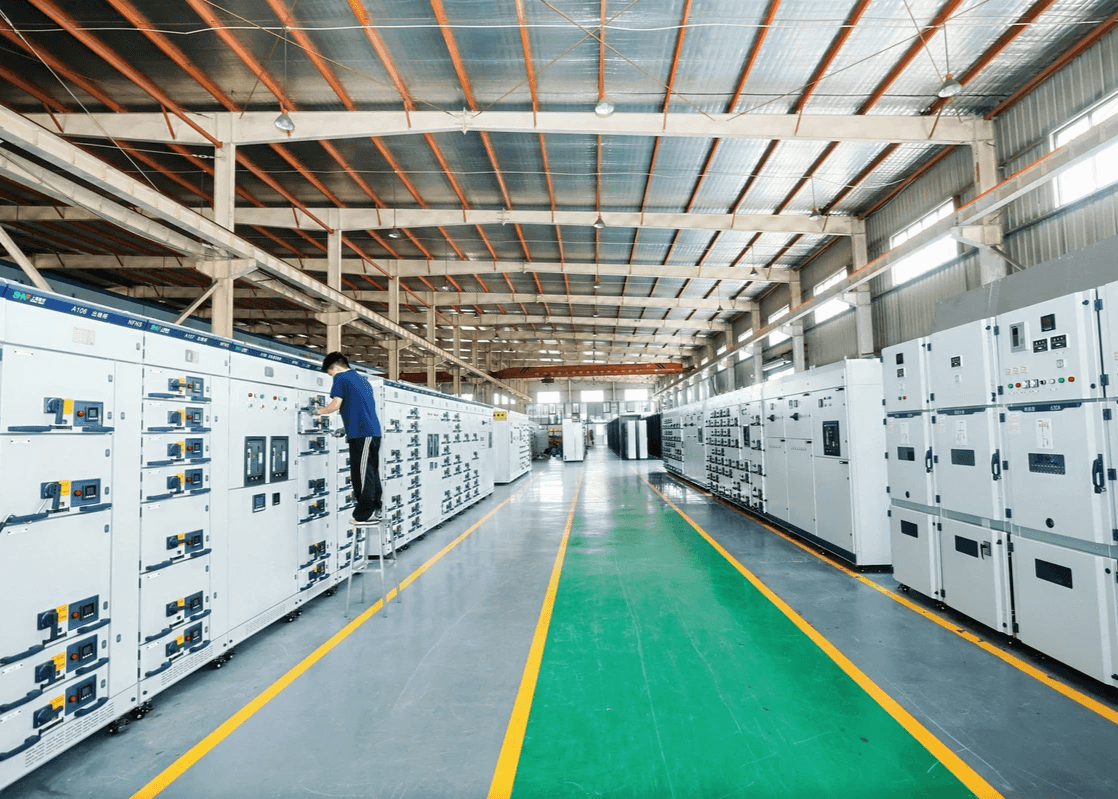Introduction
In the rapidly evolving landscape of energy technology, two concepts have emerged as potential pathways to our future energy system: the Smart Grid and the Energy Internet. While they may seem similar at first glance, understanding their fundamental differences is crucial for anyone invested in the future of energy. As nations worldwide navigate the complex challenges of energy transition, a pivotal question emerges: Is the Energy Internet merely an extension of smart grid technology, or does it represent an entirely new paradigm in energy systems?

The Birth of the Energy Internet
The concept of the "Energy Internet" first gained prominence in 2011 when economist Jeremy Rifkin introduced it in his influential book, "The Third Industrial Revolution." Rifkin envisioned a transformative energy paradigm built on five fundamental pillars:
- Transitioning from fossil fuels to renewable energy
- Enabling widespread distributed power generation
- Integrating extensive energy storage systems
- Merging with transportation networks
- Deeply incorporating internet technology
While this vision initially seemed distant, it quickly captured the imagination of energy professionals and policymakers, particularly in China, who recognized its alignment with their own energy development goals.
China's Strategic Adoption
The Energy Internet concept has found particularly fertile ground in China, while gaining comparatively less traction under that specific terminology in other nations like the United States. This asymmetrical adoption stems largely from China's strategic focus on smart grid development through the State Grid Corporation.
China's smart grid implementation followed a structured three-phase approach:
- 2009-2010: Planning and pilot project implementation
- 2011-2015: Construction focusing on ultra-high voltage and urban-rural power grid development
- 2016-2020: Upgrading stage aimed at establishing a unified strong smart grid
When China faced economic slowdown and shifting energy demand patterns, the Energy Internet concept emerged at this critical juncture, providing a revitalized direction that both aligned with existing smart grid initiatives and substantially expanded their scope and impact.

Understanding Smart Grid Fundamentals
Before contrasting the two concepts, it's important to understand what constitutes a smart grid. Essentially, a smart grid represents the modernization of electrical infrastructure through digital technology integration. The "strong" aspect refers to reliable power supply through ultra-high voltage backbone networks, while the "smart" component manifests primarily in distribution systems and user interfaces.
Key features of smart grids include:
- Enhanced reliability and efficiency
- Support for distributed energy resources (primarily solar and wind)
- Advanced monitoring and control capabilities
- Improved demand response mechanisms
- Integration of digital communication technologies
These characteristics have established smart grids as the foundation of modern electrical systems, enabling greater flexibility and resilience compared to traditional power grids.
Smart Grid vs. Energy Internet: The Fundamental Differences
Despite apparent similarities, the Energy Internet and smart grids differ in several fundamental ways:
1. Scope and Focus
Smart Grid: Primarily focuses on electrical energy, emphasizing efficient and intelligent transmission and usage within the power system.
Energy Internet: Pursues comprehensive integration of various energy forms, incorporating electrical energy alongside chemical energy, waste heat, and mechanical energy within a unified system.
2. Physical Infrastructure
Smart Grid: Relies primarily on ultra-high voltage backbone power systems as its physical foundation.
Energy Internet: Incorporates diverse infrastructure including power systems, transportation networks, and even novel concepts like human-generated energy.
3. Energy Distribution Philosophy
Smart Grid: Employs predominantly localized consumption or centralized transfer methods for distributed energy resources.
Energy Internet: Connects to numerous consumption points pursuing network-wide rather than localized consumption, resembling the distributed architecture of the internet itself.
4. Centricity
Smart Grid: Maintains a central focus on the power system, even when integrating with transportation networks and internet technology.
Energy Internet: Envisions a centerless energy supply and demand system, fundamentally challenging traditional energy architecture.
Evolution or Revolution?
The relationship between the Energy Internet and smart grids appears to be both evolutionary and revolutionary. The Energy Internet builds upon smart grid foundations but extends far beyond them with greater openness, flexibility, and systemic integration.
While smart grids represent a significant advancement in electrical infrastructure, the Energy Internet concept pushes toward a more fundamental reimagining of energy systems as decentralized, multi-directional networks rather than centralized, hierarchical structures.
This distinction is not merely academic. It shapes how we approach energy challenges, investment priorities, and regulatory frameworks. Viewing the Energy Internet as simply an extension of smart grids risks missing its revolutionary potential to transform our relationship with energy production and consumption.
Industry Applications: Nengfu Electrical's Approach
Companies like Nengfu Electrical are positioning themselves at the intersection of these evolving energy concepts. Specializing in efficient and reliable electrical system solutions, Nengfu seizes opportunities in new power systems development while driving digital transformation across the energy sector.
Based in Shanghai Songjiang Industrial Park, Nengfu operates under the principle of "making products with heart" and has earned ISO 9001, ISO 14001, and ISO 45001 certifications. Their product lines cover design, engineering and production of diesel & gas generators, electrical cabinets, and EPC services, building a reputation for performance and reliability in this transformative energy landscape.


Conclusion
The Energy Internet represents more than just the next iteration of smart grid technology—it embodies a paradigm shift in how we conceptualize energy systems. While smart grids have brought intelligence and flexibility to traditional power infrastructure, the Energy Internet concept expands this vision to encompass a truly integrated, multi-directional energy ecosystem that transcends electrical systems alone.
As nations navigate the complex challenges of energy transition, climate change, and technological advancement, understanding this distinction becomes increasingly important. Whether viewed as evolution or revolution, the Energy Internet concept offers valuable insights into creating more sustainable, resilient, and democratic energy systems for the future.
The question remains: will we approach the future as an extension of our current path, or embrace the revolutionary potential of truly reimagining our relationship with energy? The answer will likely shape energy systems for generations to come.